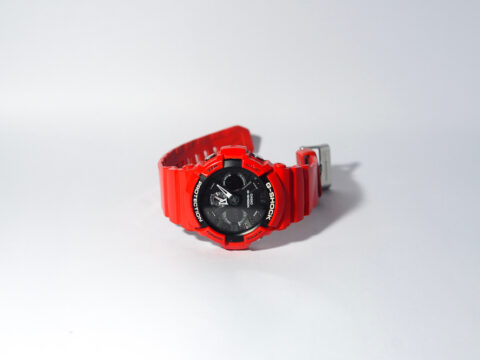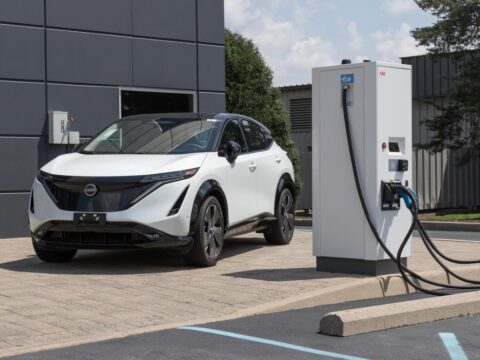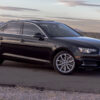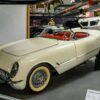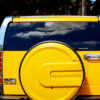Some car brands come and go, but a few leave a lasting impression long after they’ve disappeared from the roads. These iconic names once defined entire eras of automotive design, performance, and style, yet, for various reasons, they eventually had to close up shop. From classic American muscle to elegant European luxury, these brands may be gone, but their impact on car culture is far from forgotten. Here’s a look at some of the most memorable car brands that have been discontinued over the years.
Contents
Pontiac
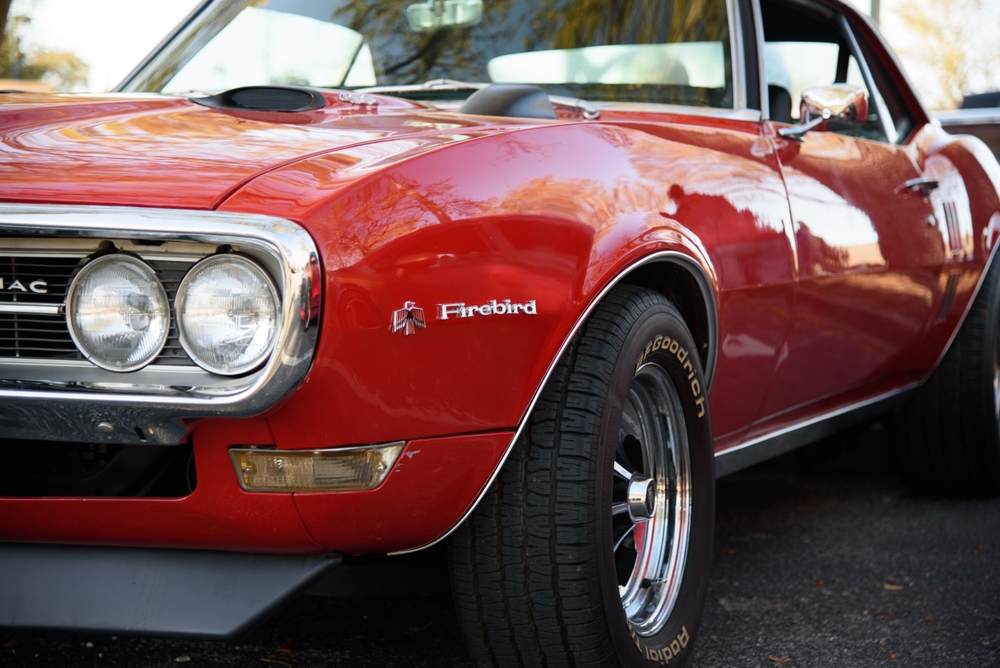
Pontiac became synonymous with American performance cars, producing models like the GTO and Firebird that defined the muscle car era. Known for powerful V8 engines and sporty designs, Pontiac’s lineup offered enthusiasts high-performance vehicles with striking aesthetics. The brand also gained fame with the Pontiac Trans Am, especially in pop culture, which made it a favorite among collectors even after its 2010 discontinuation.
Plymouth
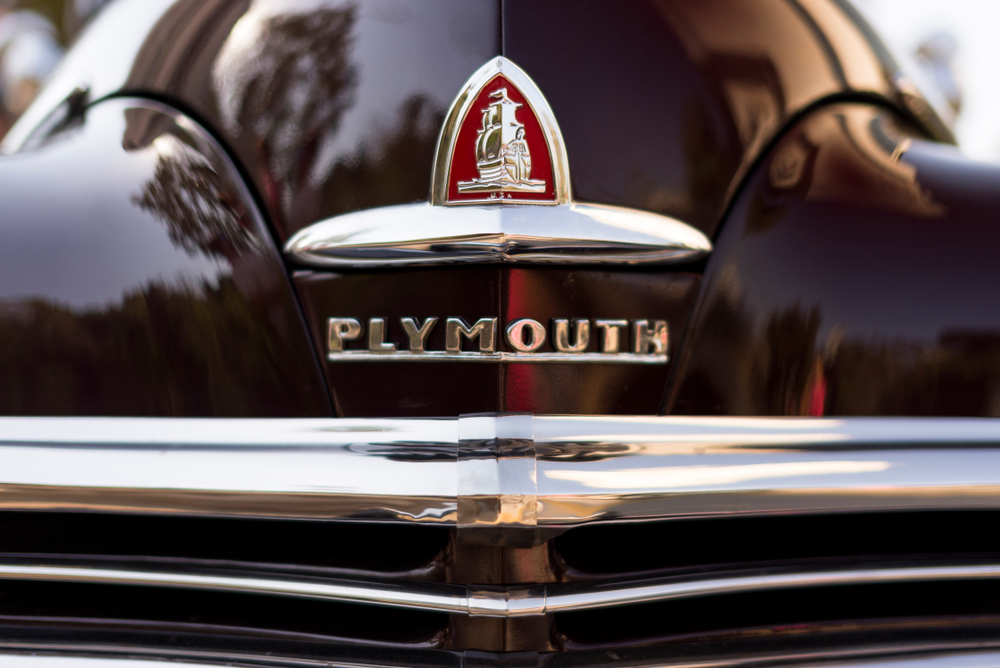
As Chrysler’s performance-oriented brand, Plymouth brought American muscle cars like the Barracuda and Road Runner to the streets. Plymouth cars often had bold designs, impressive horsepower, and were popular among muscle car fans. Its blend of style and speed left a lasting impression, making Plymouth a key name in automotive history despite its 2001 closure.
Oldsmobile
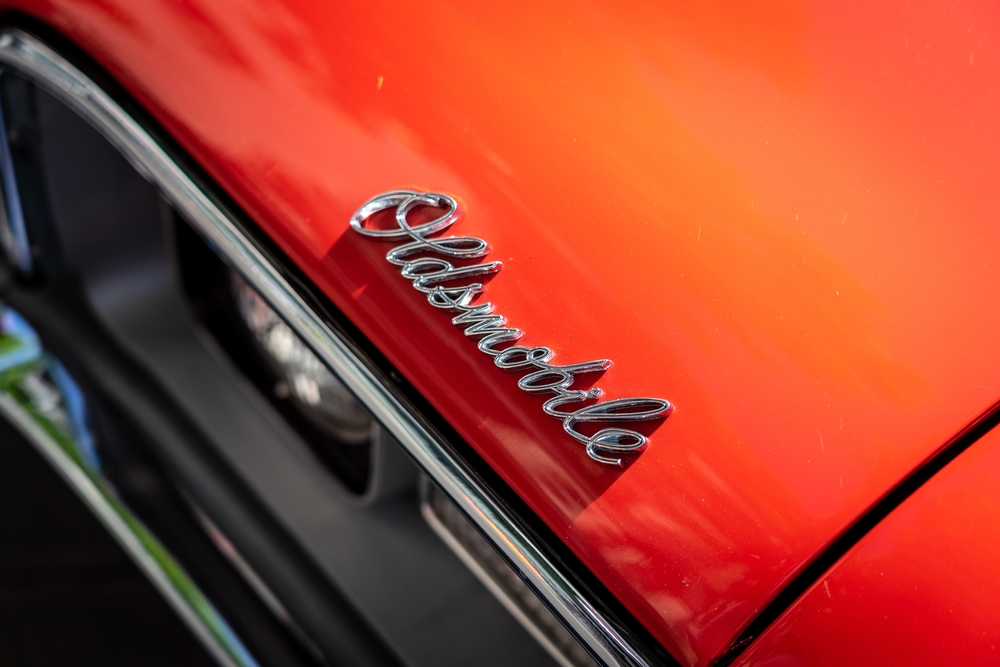
Oldsmobile was a pioneer in the American auto industry and one of the oldest car manufacturers. Known for classic models like the Cutlass and the innovative front-wheel-drive Toronado, Oldsmobile pushed engineering boundaries with luxury and performance. After over a century of automotive legacy, Oldsmobile was discontinued in 2004, marking the end of an iconic era.
Mercury
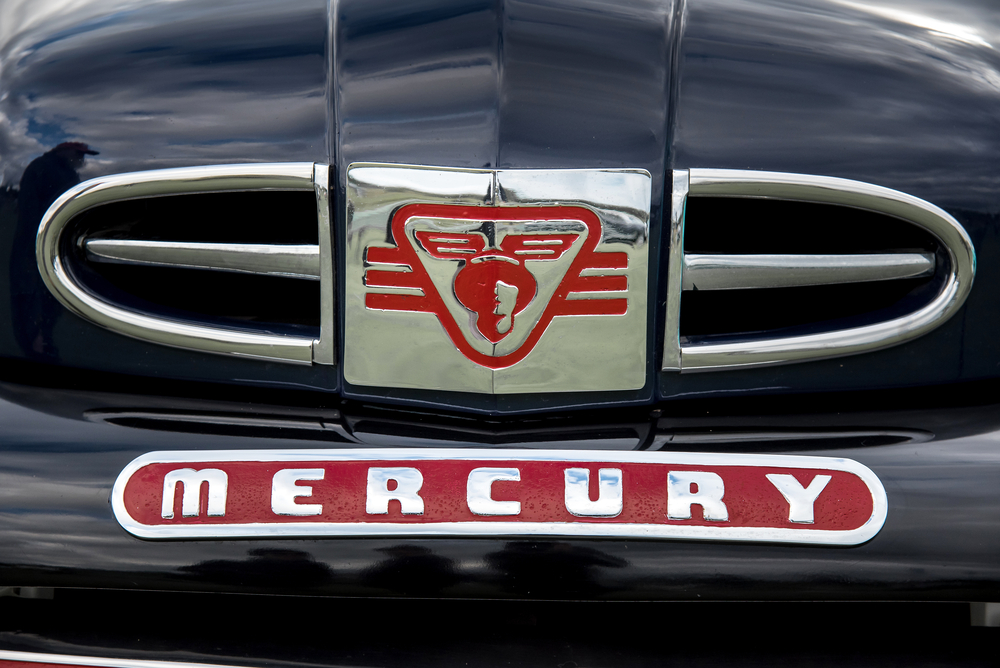
Mercury served as Ford’s mid-range luxury brand, bridging the gap between Ford and Lincoln. With models like the Cougar and Marauder, Mercury delivered stylish yet affordable vehicles that appealed to families and enthusiasts alike. Known for sleek designs and powerful engines, Mercury was phased out in 2010, ending its unique niche in Ford’s lineup.
Saturn
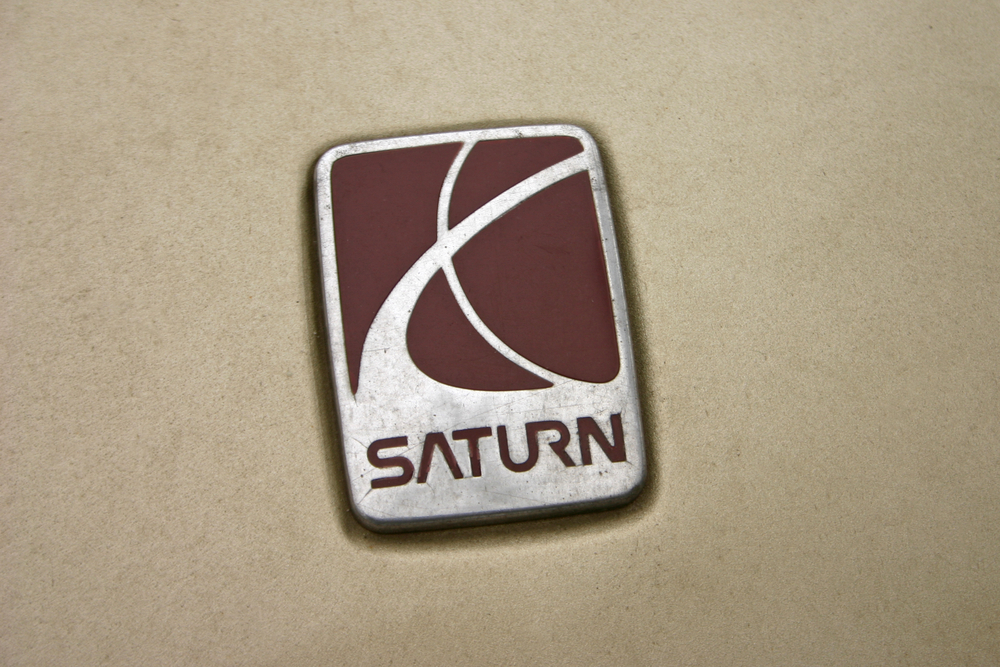
Launched as an experimental brand under GM, Saturn was known for its polymer body panels, unique designs, and a customer-first approach. Models like the Saturn S-Series and the Ion offered innovative features for affordable prices. Despite its fresh approach, Saturn struggled in a competitive market, leading to its closure in 2010.
Saab
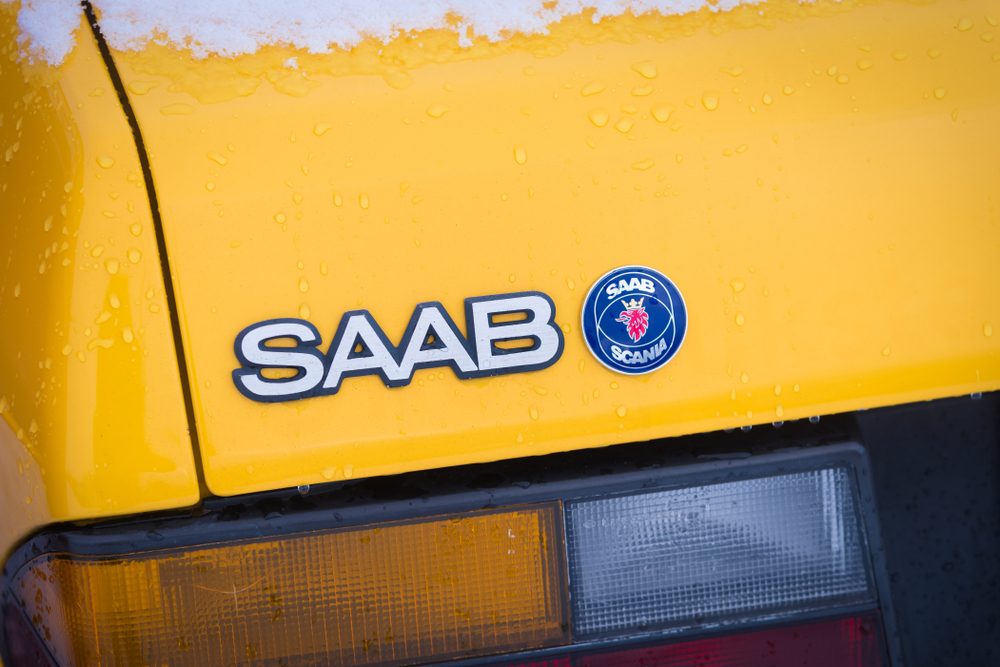
Swedish brand Saab became iconic for its unconventional yet practical designs, offering safety, durability, and style. Popular models like the Saab 900 and 9-3 emphasized turbocharging and aviation-inspired features. Saab’s quirky engineering and unique style attracted a loyal following, yet it couldn’t survive financial challenges, ceasing production in 2011.
Hummer
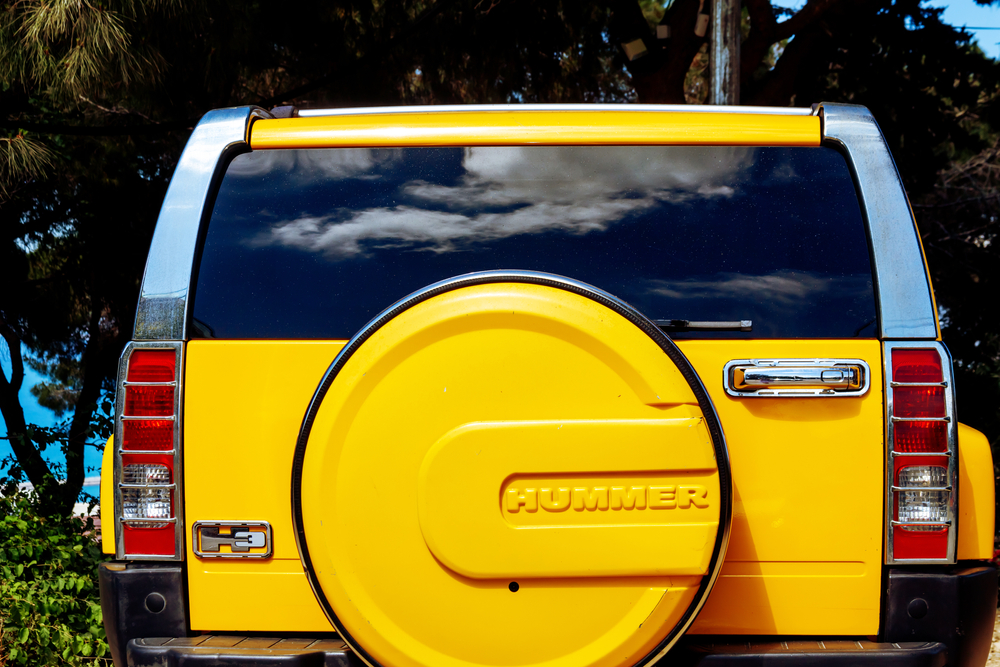
The Hummer brand became synonymous with rugged, military-inspired SUVs, particularly the H1 model based on the military Humvee. Known for oversized, gas-guzzling SUVs like the H2 and H3, Hummer represented luxury off-roading. Its extreme fuel consumption led to its discontinuation in 2010, but the Hummer remains an icon of early 2000s automotive culture.
AMC (American Motors Corporation)
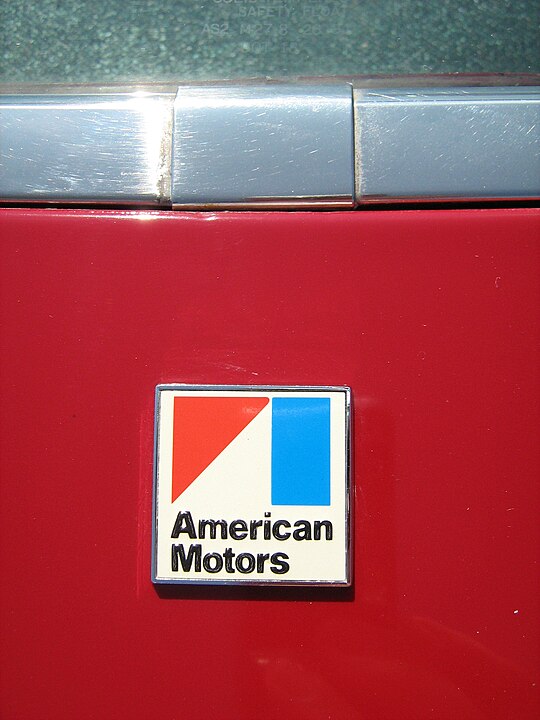
AMC was known for bold designs, producing unique models like the AMX and the Gremlin, which captured attention for their distinctive looks. AMC also pioneered the compact SUV segment with the Jeep Cherokee. However, after financial difficulties, AMC was acquired by Chrysler in 1987, ending its distinct mark on American automotive history.
Studebaker
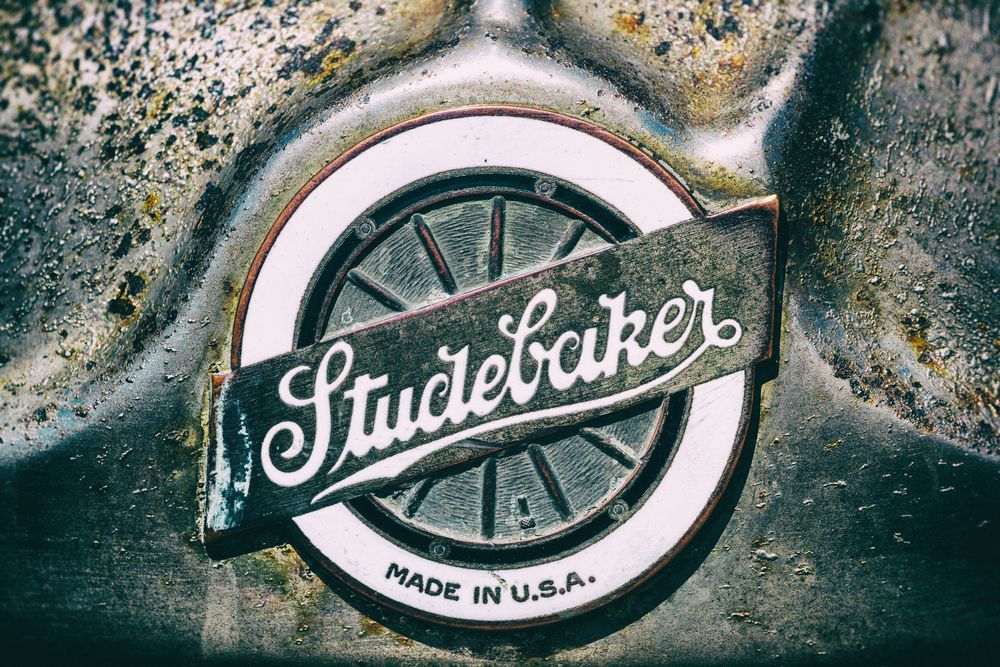
One of the earliest American car manufacturers, Studebaker produced classic models like the Hawk and the Avanti. Known for innovative engineering and unique styling, Studebaker left an indelible mark on the industry before closing its doors in 1966 due to financial struggles.
DeSoto
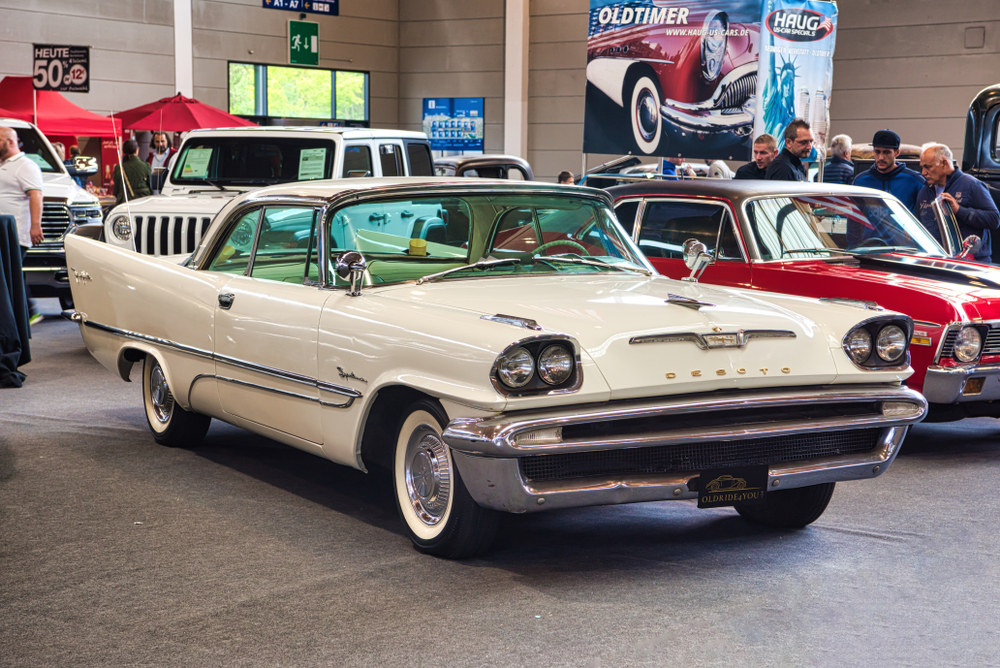
DeSoto was a Chrysler brand that stood out with its eye-catching mid-range luxury cars like the Fireflite. Known for its unique designs and affordable luxury, DeSoto built a loyal customer base but was eventually discontinued in 1961 as Chrysler restructured its lineup.
Duesenberg
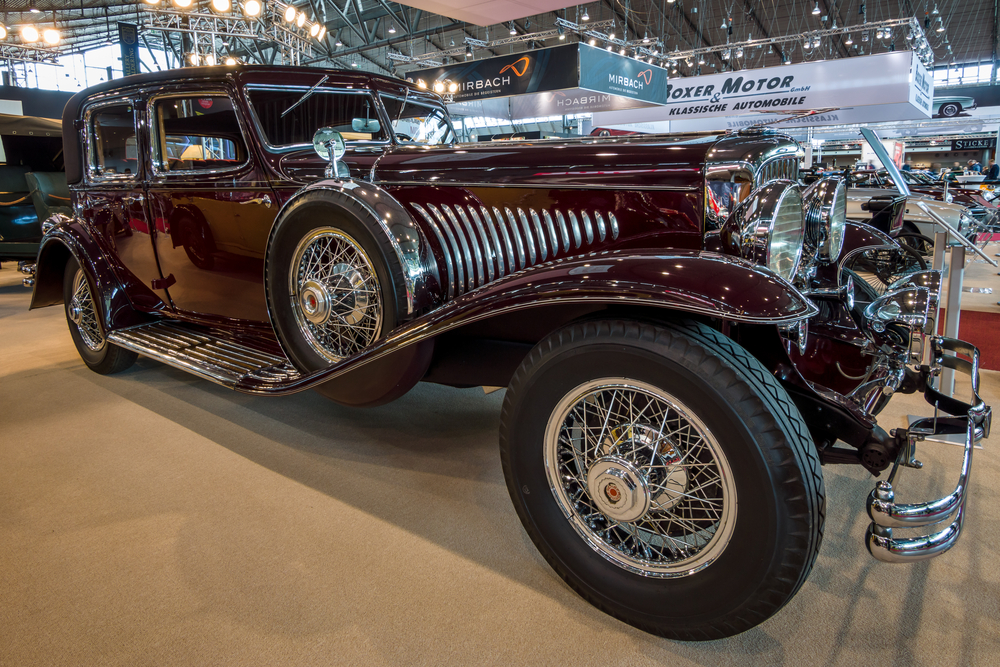
Duesenberg cars were the epitome of luxury and performance in the 1920s and 1930s, setting high standards with models like the Model J. Known for powerful engines and hand-crafted elegance, Duesenberg was a status symbol but ceased production in 1937 due to the Great Depression.
Triumph
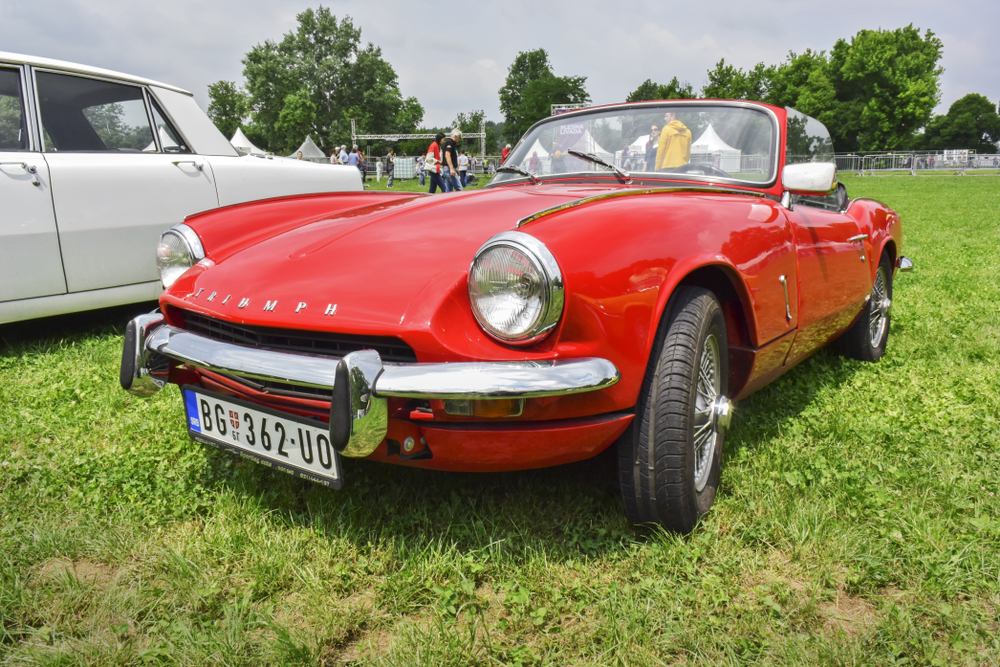
The British Triumph brand earned fame for its lightweight, sporty roadsters like the TR6 and Spitfire, which appealed to enthusiasts worldwide. With lively handling and stylish designs, Triumph was a staple in the British automotive scene until financial issues led to its closure in 1984.
Lancia
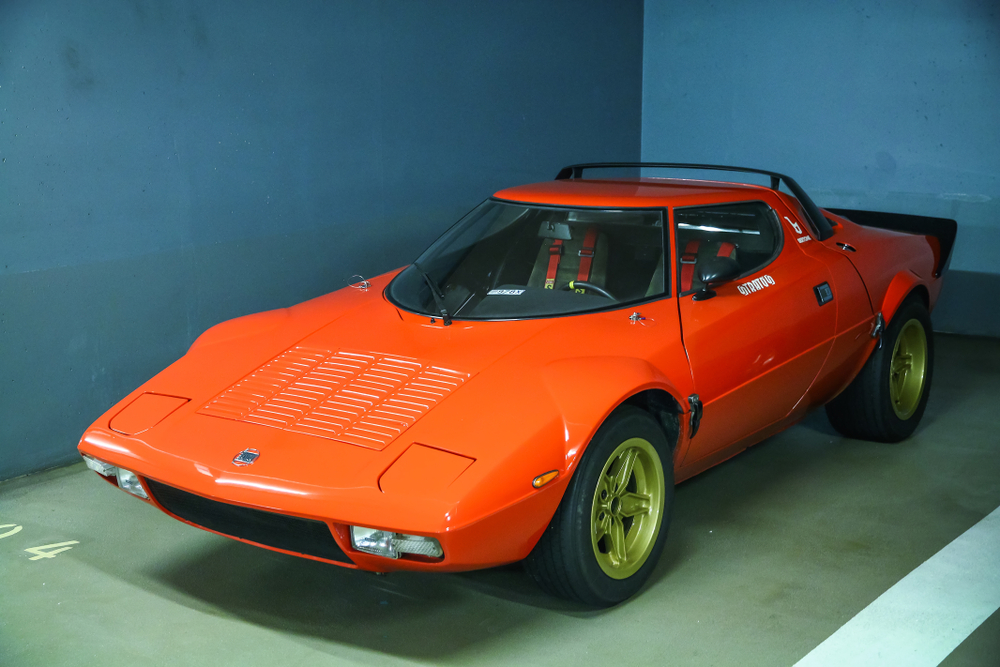
Italian automaker Lancia made a name in rally racing, producing legends like the Delta Integrale and Stratos. Known for innovative designs and engineering, Lancia had a cult following but faced declining sales, ultimately limiting its production primarily to the Italian market.
Austin
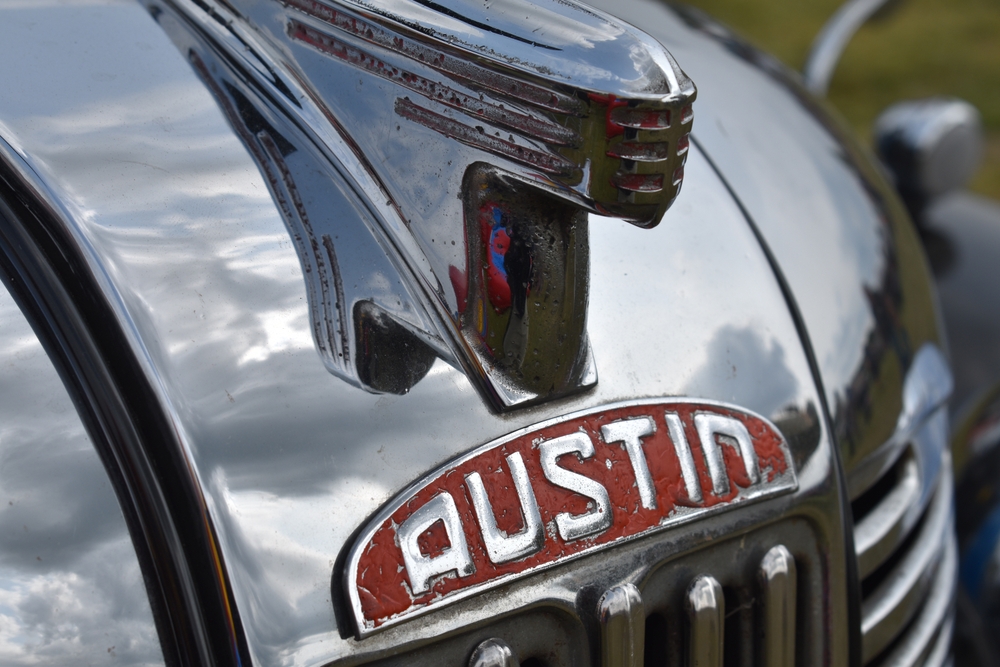
Austin became renowned for producing iconic British cars like the Austin-Healey and the original Mini. Known for affordability and compact designs, Austin played a significant role in British automotive history. Its legacy lives on, despite the brand merging with others in the British Motor Corporation.
Packard
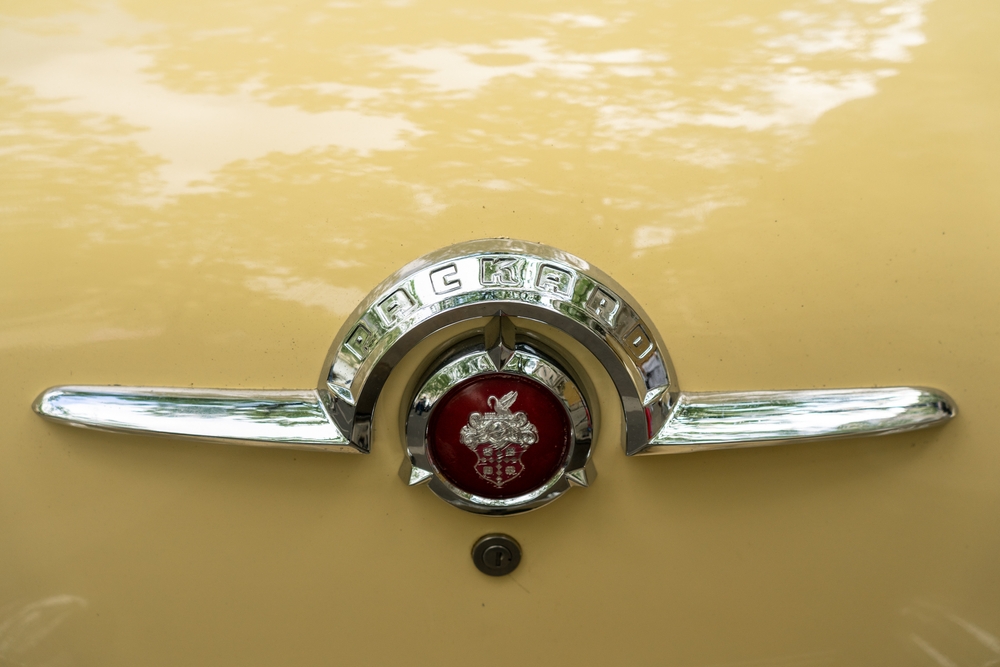
Packard set a high standard for American luxury cars in the early 20th century with models like the Packard Eight. Known for sophistication, craftsmanship, and elegant designs, Packard cars were highly coveted until financial struggles led to its end in 1958.
Eagle
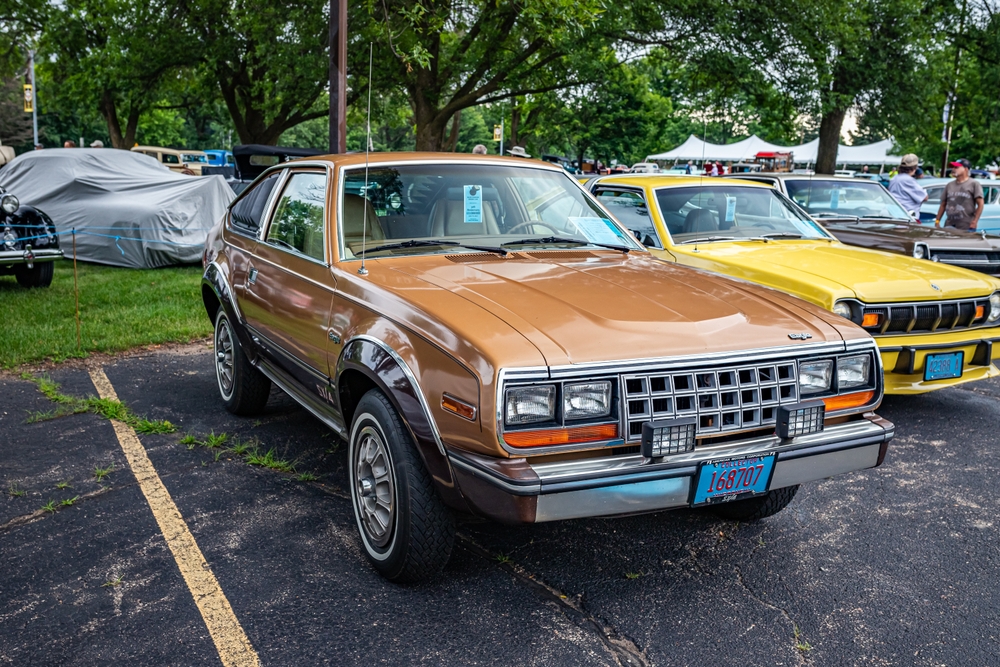
Chrysler launched Eagle to focus on crossover vehicles, producing models like the Talon, which appealed to performance enthusiasts. Though short-lived, Eagle provided unique sporty models during the 1990s but was phased out in 1998 due to low sales.
Geo
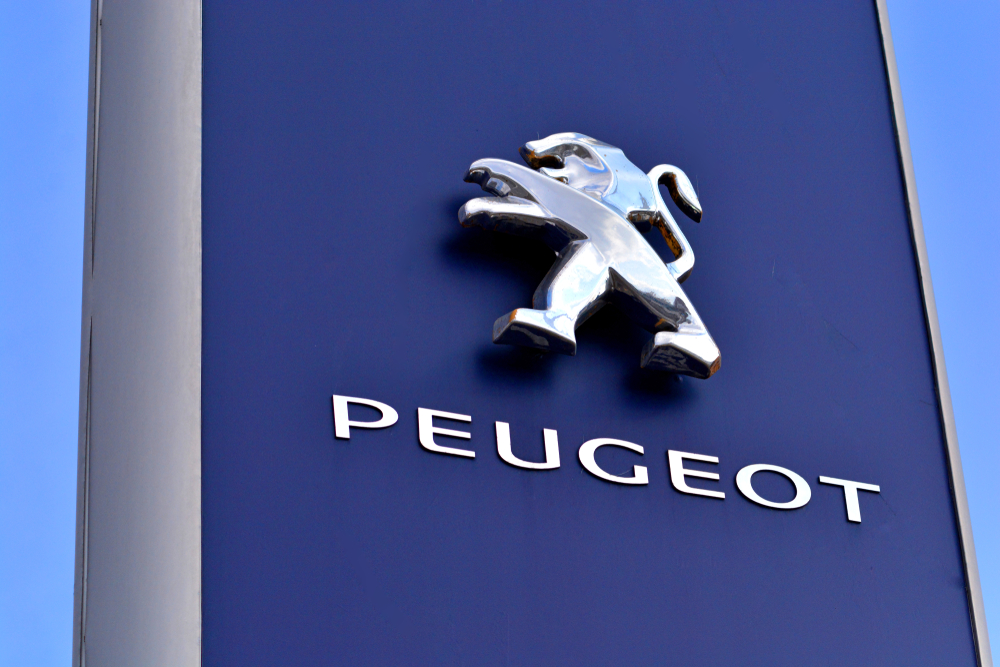
Geo was GM’s answer to the demand for affordable, fuel-efficient compact cars. Models like the Prizm and Metro became known for their practicality and low costs, yet the brand was phased out in 1997 as GM shifted focus.
Scion
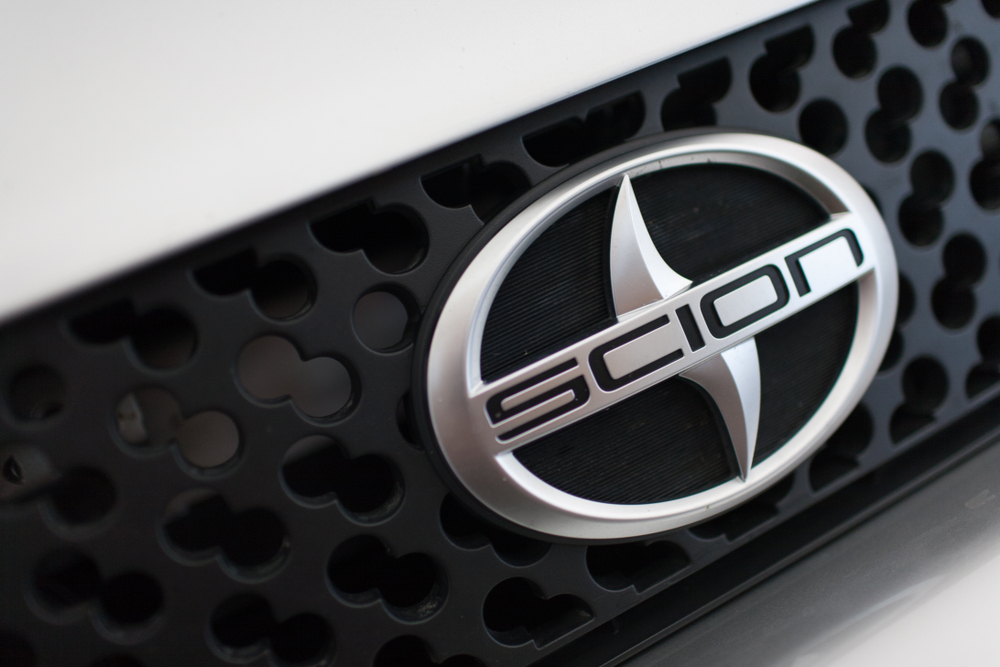
Toyota launched Scion as a youth-oriented brand, introducing trendy, affordable cars like the boxy xB and sporty FR-S. Known for customization options and distinct designs, Scion attracted younger buyers until Toyota absorbed it back in 2016.
Alfa Romeo (temporarily discontinued in the US)
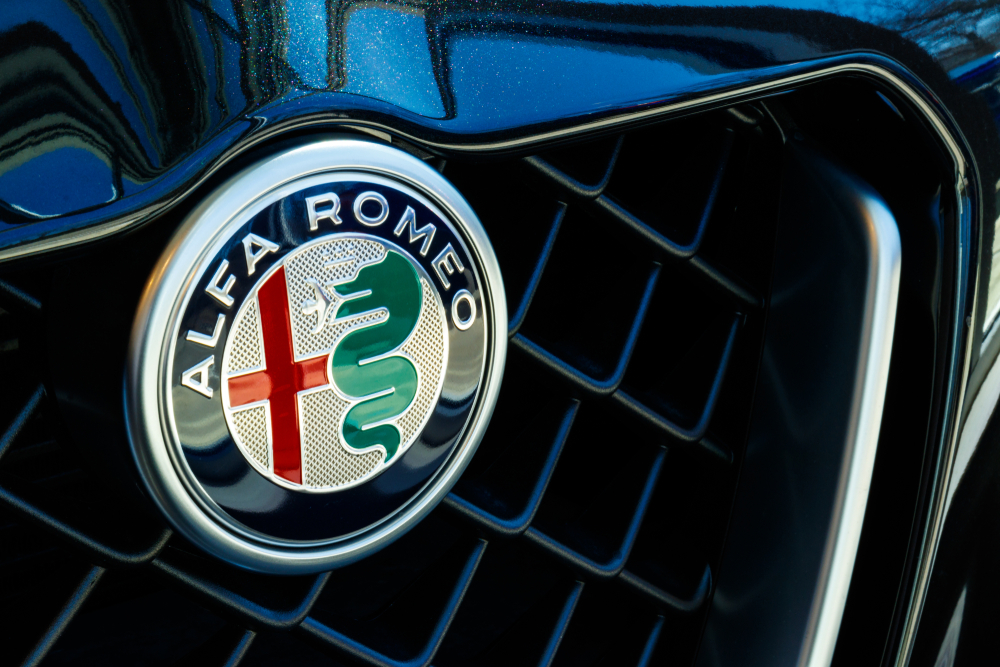
Known for its Italian styling and performance, Alfa Romeo exited the US market in 1995 but returned in 2008. While its absence was temporary, Alfa’s unique designs and sports car pedigree make it a standout among discontinued brands.
Talbot
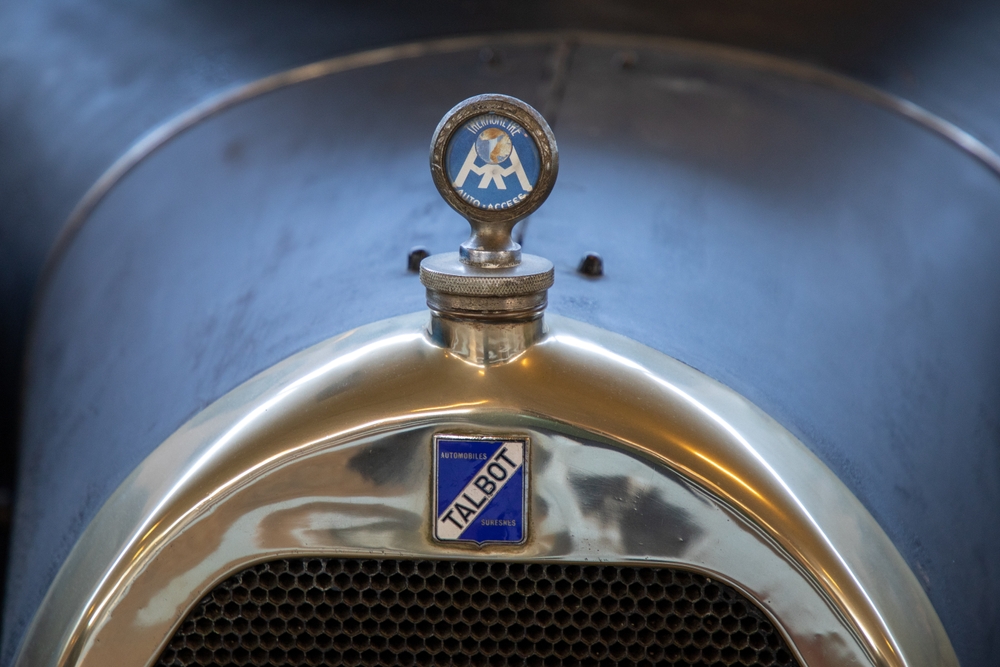
Talbot was a French luxury brand known for elegant cars like the Lago before shifting to sporty models like the Samba. Though defunct since the 1980s, Talbot left a legacy in both luxury and economy sectors of European automotive history.
Simca
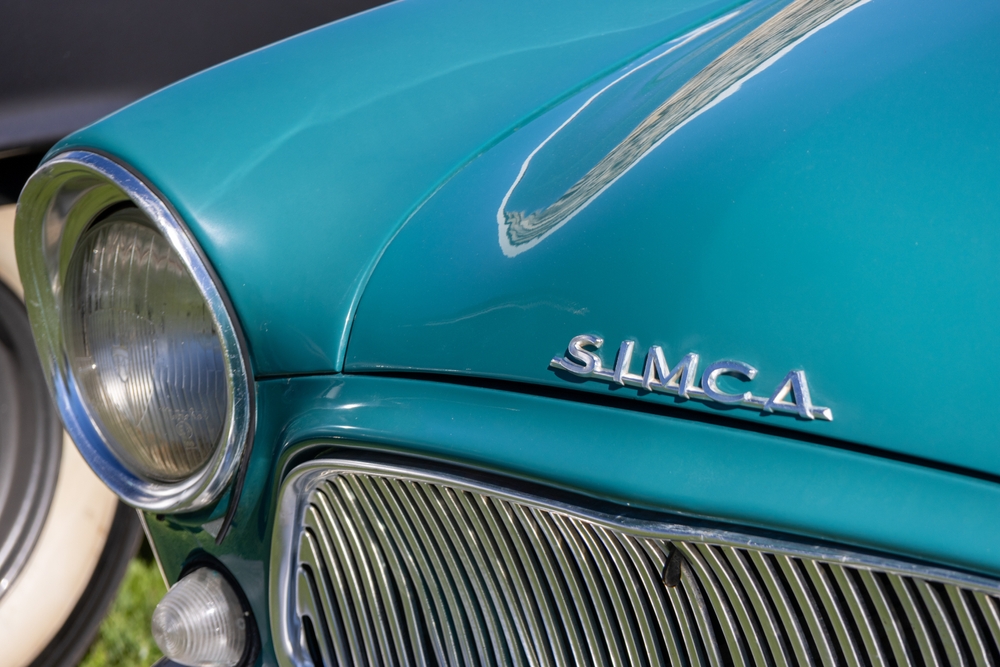
Simca was a French automaker known for small, economical cars popular in Europe, particularly models like the Simca 1000. It catered to post-war consumers seeking affordable transportation until it ceased production in the 1980s.
DeLorean
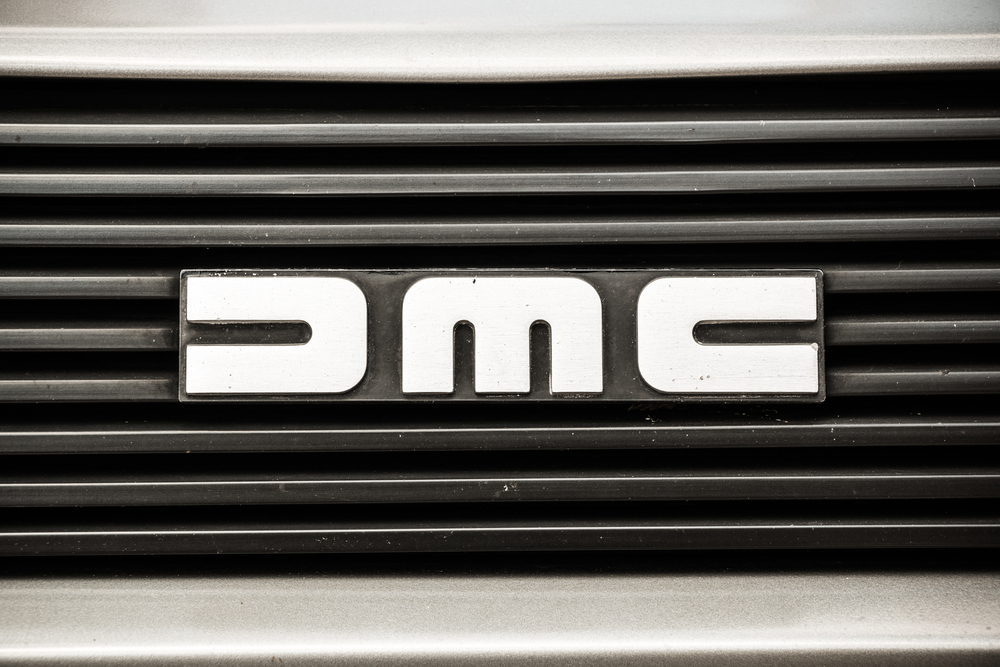
Known for the stainless-steel DMC-12 with iconic gullwing doors, DeLorean gained fame through Back to the Future. Despite its short production run from 1981 to 1983, the DMC-12 remains a cultural icon and a collector’s dream.
This article originally appeared in MyCarMakesNoise.
More from MyCarMakesNoise
15 Budget-Friendly Off-Road Vehicles for Thrill-Seekers
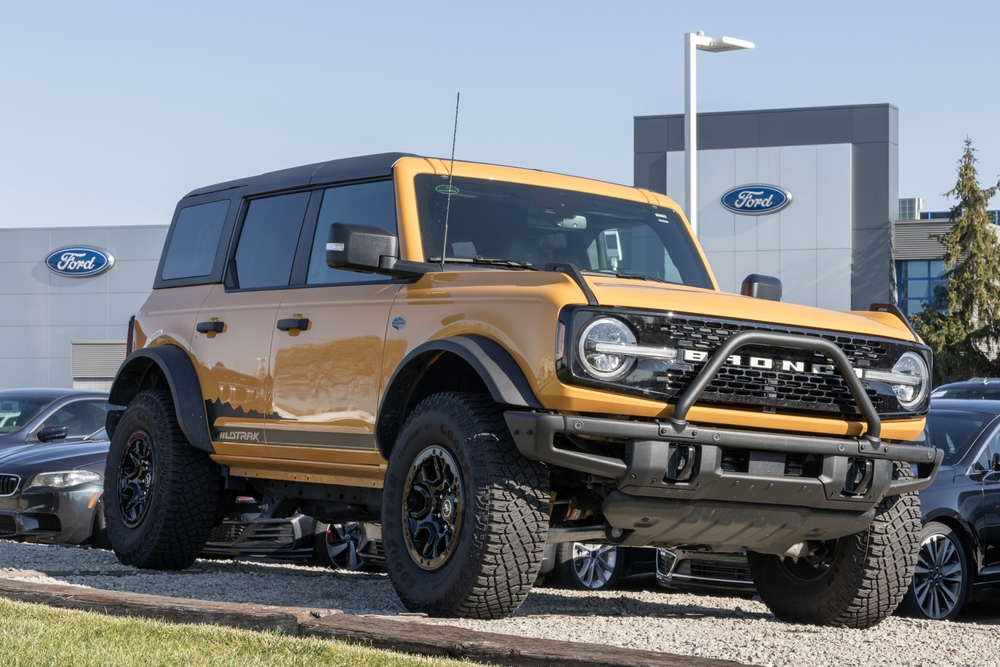
Exploring the great outdoors doesn’t have to come with a hefty price tag. For those who crave adventure but are mindful of their budget, plenty of off-road vehicles offer both affordability and impressive performance. From rugged SUVs to versatile trucks, these vehicles are designed to handle rough terrains without breaking the bank. Read More
10 Little-Known Facts About the Iconic Ford Mustang
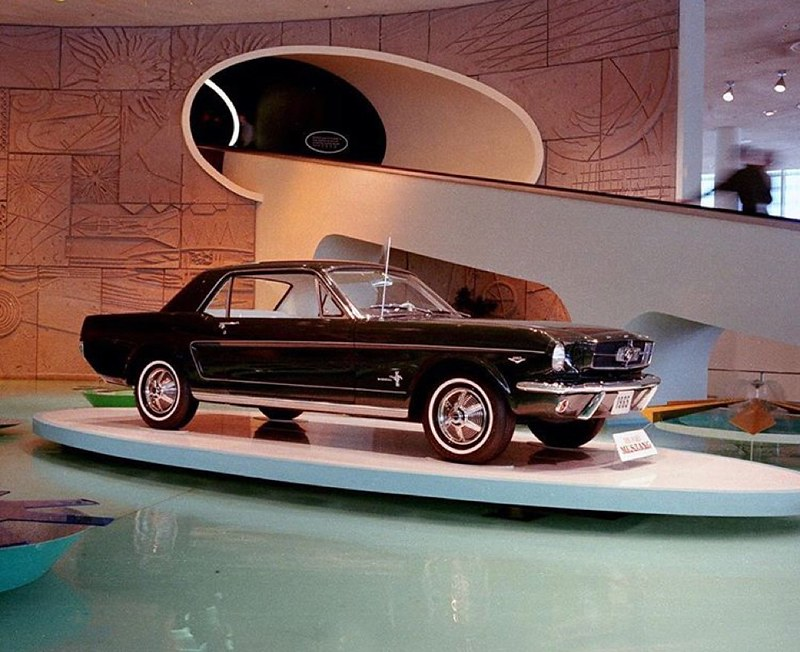
The Ford Mustang, an enduring icon of American automotive culture, has captivated car enthusiasts since its debut in 1964. Known for its sleek design, powerful performance, and unmistakable emblem, the Mustang’s rich history is filled with intriguing details that have contributed to its legendary status. Read More
15 Misconceptions About SUVs That Need to End

SUVs have become a popular choice for drivers, but there are plenty of misconceptions surrounding these vehicles that can be misleading. Whether it’s about safety, fuel efficiency, or handling, many drivers hold onto outdated or false beliefs. Read More

